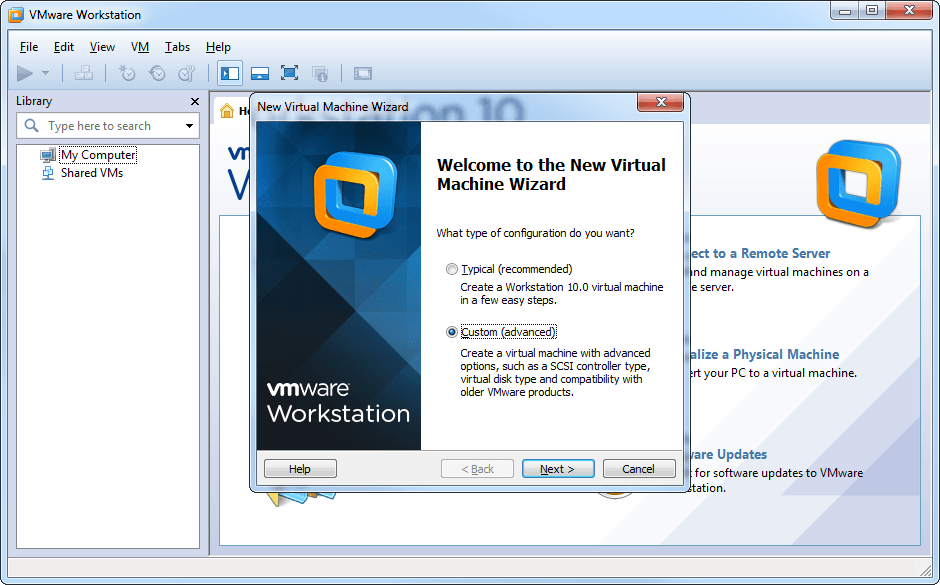

To view or ask questions about Workstation Pro, visit the VMware Workstation Pro Community. If you want to learn more about Workstation Pro, visit the Workstation Pro product page. With VMware Workstation Pro, you can run multiple operating systems simultaneously on the same PC, create powerful virtual machines to run the most demanding applications. All our documentation comes in PDF format, which you can access by selecting the PDF download icon while reading a page or viewing a search result. For example, version 17 contains all the updates for 17.x releases. Presently, VirtualBox runs on Windows, Linux, Macintosh, and Solaris hosts and supports a large number of guest operating systems including but not limited. We update the online documentation with the latest point release information. Use the navigation on the left to browse through documentation for your release of VMware Workstation Pro. How to Create a New Virtual Machine for macOS Big SurĪfter installing VMware on your Windows 10 host computer, in order to install a guest macOS operating system, you need to use the Unlocker tool as we mentioned and set the VM’s settings correctly.Welcome to VMware Workstation Pro™ documentation. You can also unlock Apple Mac OS X using Unlocker software on both Windows and vSphere ESXi.

However, you can enable this support and unlock macOS using VMware Unlocker.

Normally you cannot install an Apple operating system on VMware Workstation because the program has no support for Apple OS systems. If you do not have a Mac computer, you can install macOS 11 on a Windows 10 host computer with the VMware Workstation Pro virtualization program and experience Apple’s new system. If you do not know how to update using the Apple Store, you can take a look at this article. Users with iMac, MacBook, or MacBook Pro computers can download the Big Sur 11 update from the Apple Store and easily update their system. With the M1 processors, it has produced recently, it has achieved longer charging times and system performance compared to Intel and AMD‘s processors. With the release of Big Sur, Apple now fully supports ARM processors, with silicon chips developed for its own operating system instead of the x86/64 instruction set. It also supports GIF or video content in order to increase user interaction in the messages application. Developed for the first time to support ARM-based processors, version 11 is the new system that has completely changed its main version compared to previous versions.Īpple has improved the rounded corners icons and windows in the user interface for Big Sur, giving it a more transparent and smoother look. Big Sur, named after a coastal region of California, offers the most advanced desktop experience to date.


 0 kommentar(er)
0 kommentar(er)
